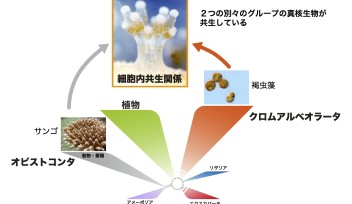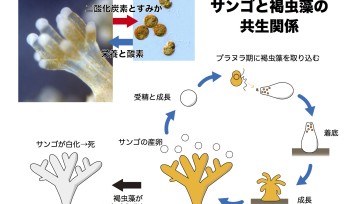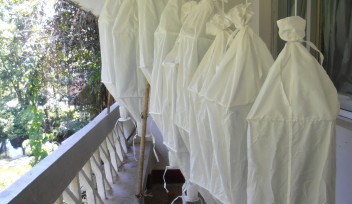Specimens that OIST Researchers Contribute

@font-face { font-family: "MS 明朝"; }@font-face { font-family: "Century"; }@font-face { font-family: "Cambria Math"; }@font-face { font-family: "@MS 明朝"; }p.MsoNormal, li.MsoNormal, div.MsoNormal { margin: 0mm 0mm 0.0001pt; text-align: justify; font-size: 12pt; font-family: Century; }a:link, span.MsoHyperlink { color: rgb(5, 99, 193); text-decoration: underline; }a:visited, span.MsoHyperlinkFollowed { color: rgb(149, 79, 114); text-decoration: underline; }p { margin-right: 0mm; margin-left: 0mm; font-size: 12pt; font-family: "Times New Roman"; }.MsoChpDefault { font-family: Century; }div.WordSection1 { }
The University Museum of the University of Tokyo is diplaying two specimens that OIST members contributed as part of the exhibition “Chi no Kairou” or “Hall of Inspiration” . One is the pearl oyster, the genome which was decoded by Dr. Takeshi Takeuchi of the Marine Genomics Unit and his collaborators in 2012. The other is the Lingula, a brachiopod which is known as “living fossil,” provided by Yi-Jyun Luo, a Ph.D. student in the same unit who led the project to decode its genome in 2015.
The University Museum of the University of Tokyo is diplaying two specimens that OIST members contributed as part of the exhibition “Chi no Kairou” or “Hall of Inspiration” . One is the pearl oyster, the genome which was decoded by Dr. Takeshi Takeuchi of the Marine Genomics Unit and his collaborators in 2012. The other is the Lingula, a brachiopod which is known as “living fossil,” provided by Yi-Jyun Luo, a Ph.D. student in the same unit who led the project to decode its genome in 2015.
Copyright OIST (Okinawa Institute of Science and Technology Graduate University, 沖縄科学技術大学院大学). Creative Commons Attribution 4.0 International License (CC BY 4.0).
Tags














